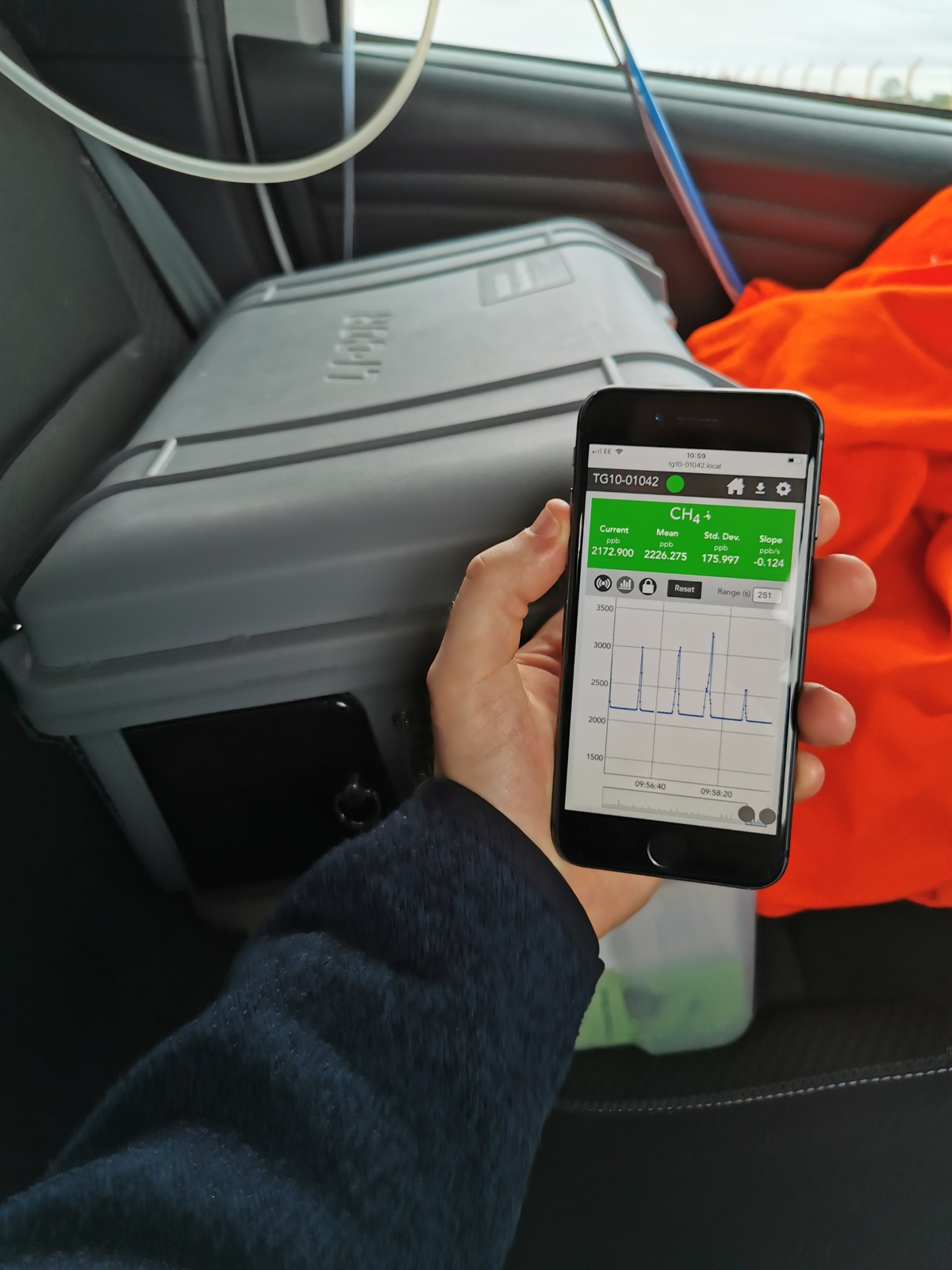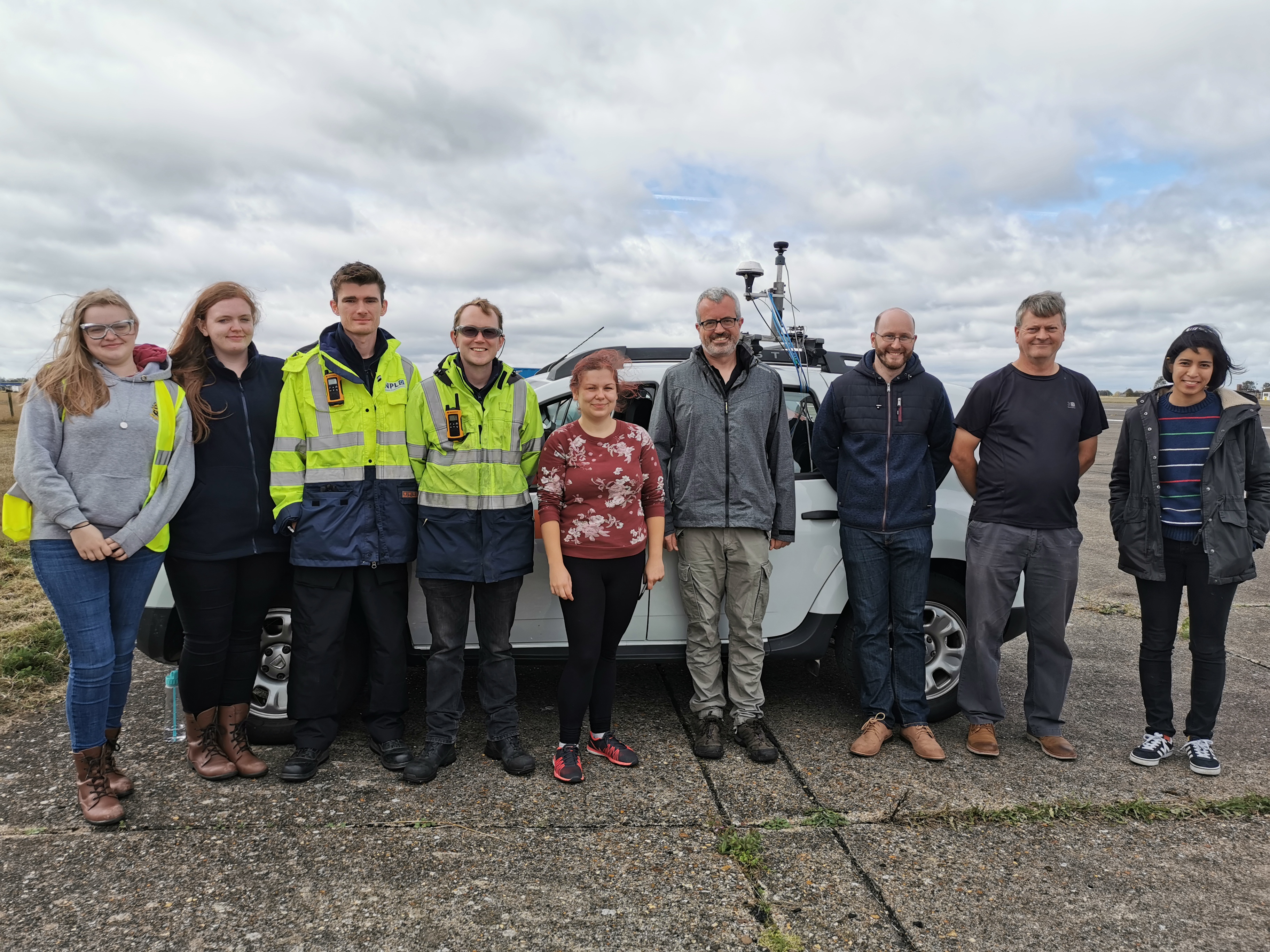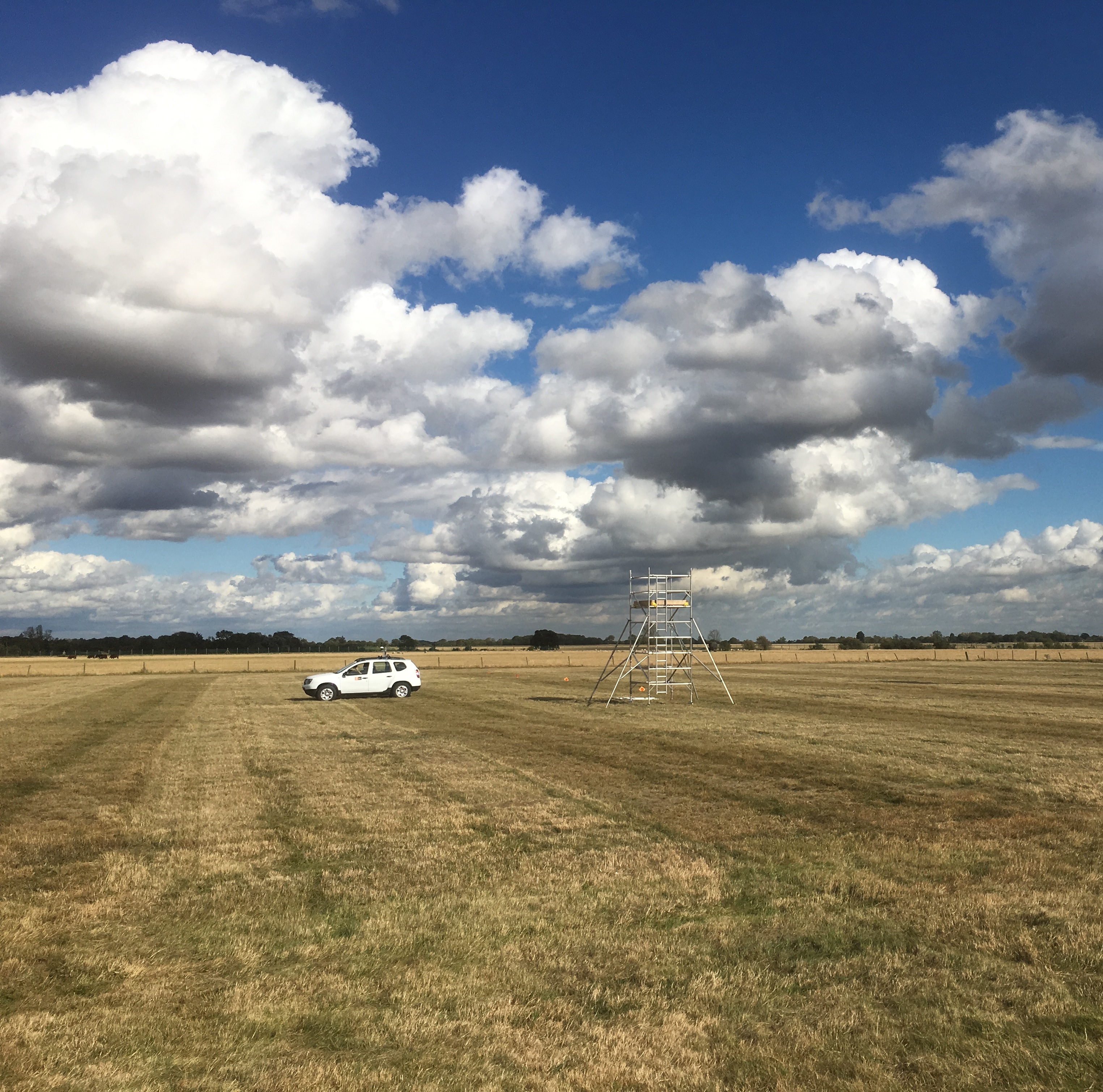Monitoring Methane Emissions with a Mobile Testing Facility
LI-COR recently joined the United Kingdom’s National Physical Laboratory (NPL) and Royal Holloway, University of London (RHUL) to assess the LI-7810 high-precision methane analyzer through a series of mobile fugitive emission quantification experiments. Concentration data collected by the instrument was used to quantify 14 controlled releases over the course of two days. NPL and RHUL’s research seeks to validate the mobile method for use by industry as it works to reduce methane emissions.
Reducing greenhouse gas emissions is a critical step in limiting the global temperature increase and meeting the Paris Agreement’s long-term goals. With a 20-year global warming potential over 80 times that of carbon dioxide, methane emissions in particular have become a primary focus for scientists worldwide. New technologies that can quantify these emission sources have consequently created a demand for enhanced testing facilities. Recently, NPL researchers have constructed a mobile facility with which scientists can validate their quantification technology.
NPL’s Controlled Release Facility can help determine the effectiveness of emission detection methods. The testing facility simulates a range of methane leak scenarios with variation in source type, height, and the number of leaks – all at leak rates typically generated by relevant industries.
Jonathan Helmore, Higher Research Scientist from the Emissions and Atmospheric Metrology Group at NPL, affirms the facility’s importance. “The only way to develop effective legislation to monitor emissions, and to measure the success of any policy intervention, is to provide industry with accurate emissions monitoring technologies,” says Helmore. “The Controlled Release Facility provides the underpinning capability to realise these aims, improving quality of life from reduced emissions, and supporting the growth of innovative businesses.”
The research consequently aimed to validate a mobile methane leak quantification system developed by RHUL. Its system consisted of gas analyzers and a high-precision GPS mounted in a standard SUV vehicle. The Controlled Release Facility was deployed at Thurleigh Airfield in Bedford, England, where it released methane in known, traceable increments for 14 blind experiments. Equipped with a LI-COR LI-7810 high-precision methane analyzer and additional instrumentation, the vehicle recorded elevations in methane concentration by driving through the resulting plumes. “The LI-COR instrument performed well in comparison with other test instruments,” explains Dr. Dave Lowry, Reader at RHUL. “Particularly impressive was the very quick response time due to the small cell size and rapid gas exchange, so it was very easy to pinpoint the centre of the plumes.”
The vehicle’s data was used to calculate the emission leak rate for each release, which was then compared to the actual rates. The researchers were therefore able to better understand the effectiveness of using mobile methods to map methane emissions, as well as the value of the facility.
By examining the capabilities of the Controlled Release Facility, NPL and RHUL can help develop mobile methods for quantifying greenhouse gas emissions and work toward reducing them worldwide. They plan to publish and present their research results in the future.
For additional research conducted by Dr. Lowry and his team, please visit here.
About NPL
NPL is the UK’s National Metrology Institute, providing the measurement capability that underpins the UK's prosperity and quality of life. From new antibiotics to tackle resistance and more effective cancer treatments, to secure quantum communications and superfast 5G, technological advances must be built on a foundation of reliable measurement to succeed. Building on over a century’s worth of expertise, our science, engineering and technology provides this foundation and helps to create impact. We save lives, protect the environment and enable citizens to feel safe and secure, as well as support international trade and commercial innovation. As a national laboratory, our advice is always impartial and independent, meaning consumers, investors, policymakers and entrepreneurs can always rely on the work we do.
Based in Teddington, south-west London, NPL employs over 600 scientists. NPL also has regional bases across the UK, including at the University of Surrey, the University of Strathclyde, the University of Cambridge and the University of Huddersfield's 3M Buckley Innovation Centre.
For more information, visit www.npl.co.uk.


